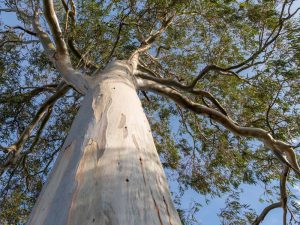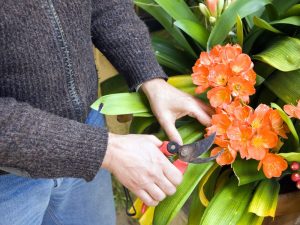Last Updated on December 23, 2024 by teamobn
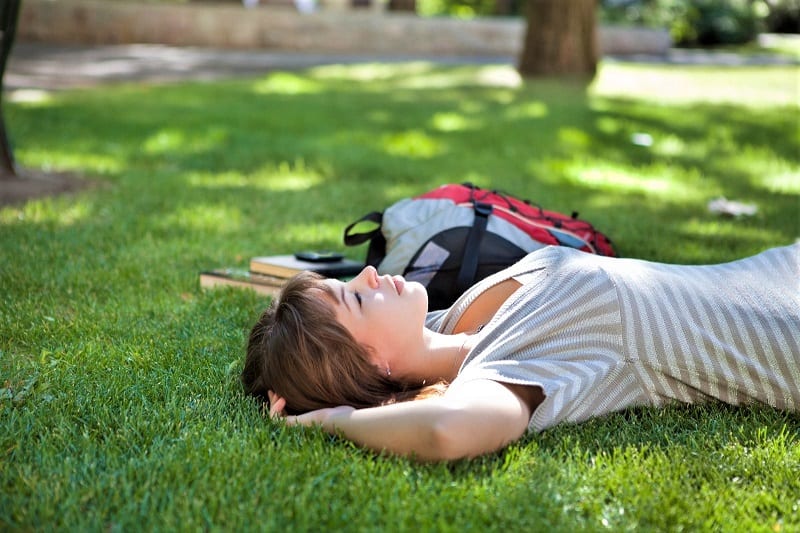
Grasses – green, neatly trimmed symbols of home and community – shape refined landscapes all over the world. In fact, there are now 10,000 grasses worldwide. There are hundreds of thousands of variations within these types and genus.
Many of us know some of the main varieties of lawn grasses. In Australia, Buffalo Grass, Kikuyu Grass, and Couch Grass are three of the most common. Many other native lawn grasses grow across the bushland, as well.
Varieties of Lawn Grasses Around the World
Contents
But what about the rest of the world? What types of lawn grasses do people in other countries grow on their lawns? Do they grow Kikuyu in England? Do the Japanese have buffalo grass?
Below are the types and varieties of grass you’ll find in lawns in Asia, the USA, Europe, and Africa.
Asia
The Asian continent covers a large area. For this reason, both the Asian mainland and the islands experience a vast range of climate conditions.
The grasses that are most synonymous with Asia include the group of grasses known as Zoysias. These grasses thrive in hot conditions, particularly in East Asia its temperate and tropical climates.
The common grasses of the Zoysia Grass genus include Japonica (Korean Grass or Japanese Lawngrass) and Matrella (Manila Grass). Macrantha (prickly couch) also belongs to the genus.
Many of these lawn grasses have found their way to Australia, which has similar climate conditions.
Centipede Grass, native to Southern China, is another grass found in Asia. Like many of the genus Zoysia, Centipede Grass grows quite slowly and doesn’t require frequent mowing.
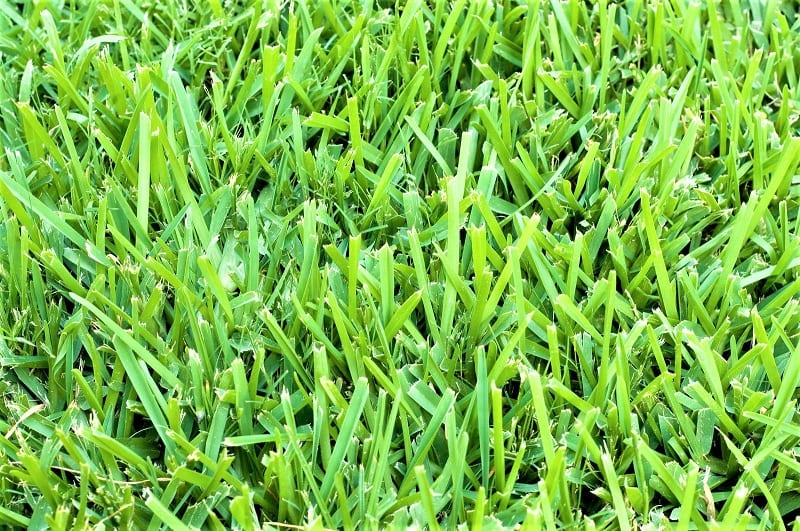
The USA
The USA, like Asia, experiences significant differences in climate from the north to the south. This why the country is home to a large variety of lawn grasses. The USA has likewise taken a leading role in developing and breeding new turf varieties.
The effort primarily stems from the performance requirements of the country’s highly competitive sports industry.
Below are some of the lawn grasses you’ll typically see in the lawns of the USA.
Kentucky Blue Grass (KBG) is a cool season grass that performs well in the northern states. Many homeowners prize its blue-green color.
While Kentucky is known as the Bluegrass state, KBG is actually native to northern Asia and parts of Europe.
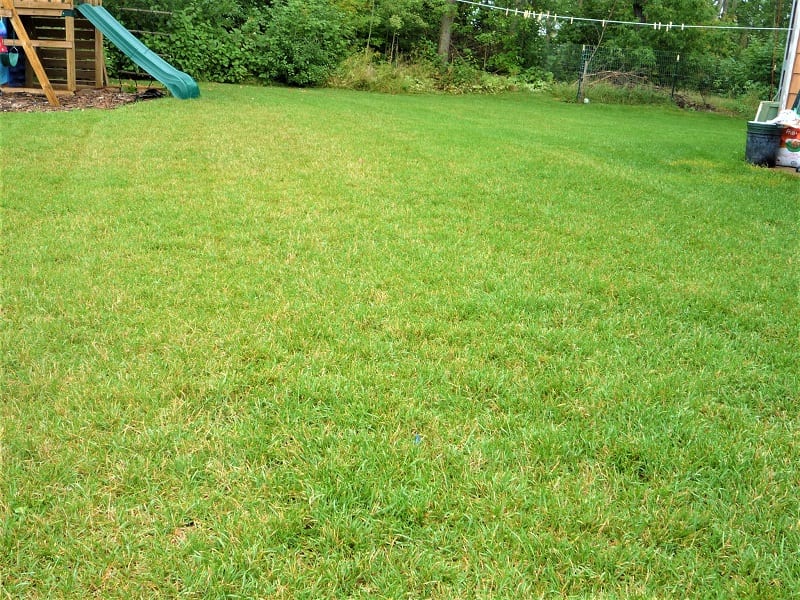
Bermuda Grass (Couch Grass) is a warm season grass common in the more southern states. This type of grass performs well in over 100 countries within tropical and subtropical climates.
Bermuda grass is known for its hard wearing, fine leaf. The lawn grasses are frequently grown on sports fields as well as home lawns.
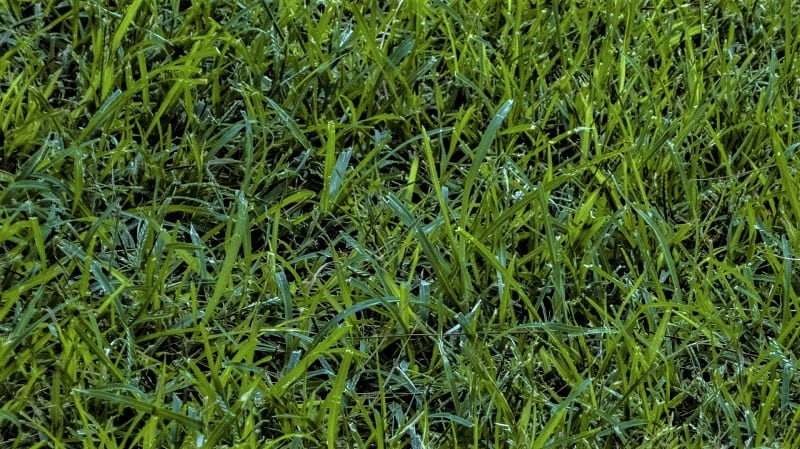
St Augustine (Buffalo Grass) is a thick, broad leaf, warm season grass. This type of grass is well-known for high shade tolerance and weed resistance.
In the USA, St Augustine grows best in the south-eastern states. The grass grows well in Texas and also in Mexico and South America.
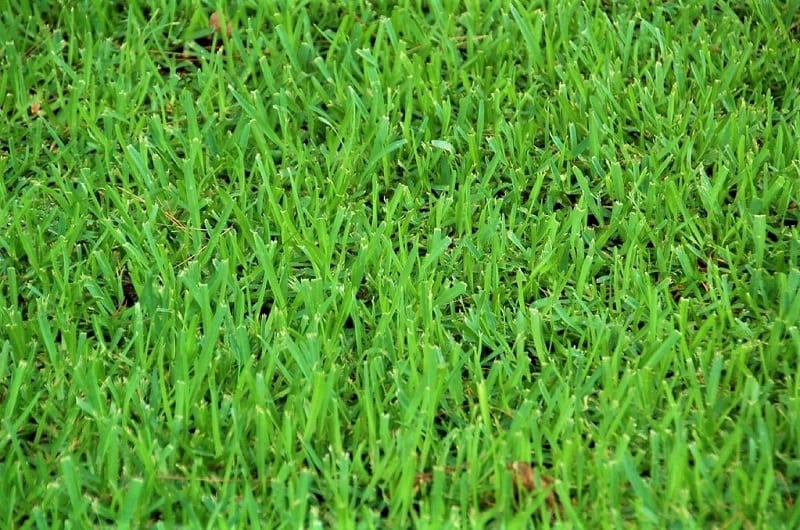
You’ll also find Perennial Ryegrass, Zoysia Grass, Bahia Grass, Fescue, and Seashore Paspalum growing on US lawns.
The drought tolerant Zeon Zoysia grass is another popular choice in the USA, especially in the southern states. Known for its fine texture and lush, dark green appearance, Zeon Zoysia is a warm-season grass that thrives in both sun and partial shade. It’s prized for its drought tolerance, which makes it a smart choice for regions that experience hot, dry summers.
This grass is relatively low-maintenance, requiring less frequent mowing and fertilization compared to other grass types. Its dense growth habit also provides excellent resistance to weeds, making it a favorite among homeowners seeking a beautiful, resilient lawn.
Zeon Zoysia is particularly valued for its versatility and ability to adapt to a range of soil conditions. Whether planted in sandy, loamy, or clay soils, Zeon Zoysia establishes well and maintains a strong root system, contributing to its overall durability.
This grass is also known for its ability to recover quickly from damage, which is why it’s often used on golf courses, sports fields, and high-traffic residential areas. Its soft, cushioned feel underfoot, combined with its aesthetic appeal, makes Zeon Zoysia a top choice for those looking to create a premium lawn that stands up to the elements while remaining visually striking.
Europe
When you think of Europe, you primarily think of the cold climate areas. These parts of the European continent experience snow and frost many months of the year. So, people in these regions almost exclusively grow cool season grass varieties.
These grasses include Fescue and Ryegrass. In fact, many in Europe grow a blend of these cool season varieties in the same lawn. They also grow Creeping Red Fescue, Common Bentgrass, Annual Meadowgrass, and Brown-top Bent Grass.
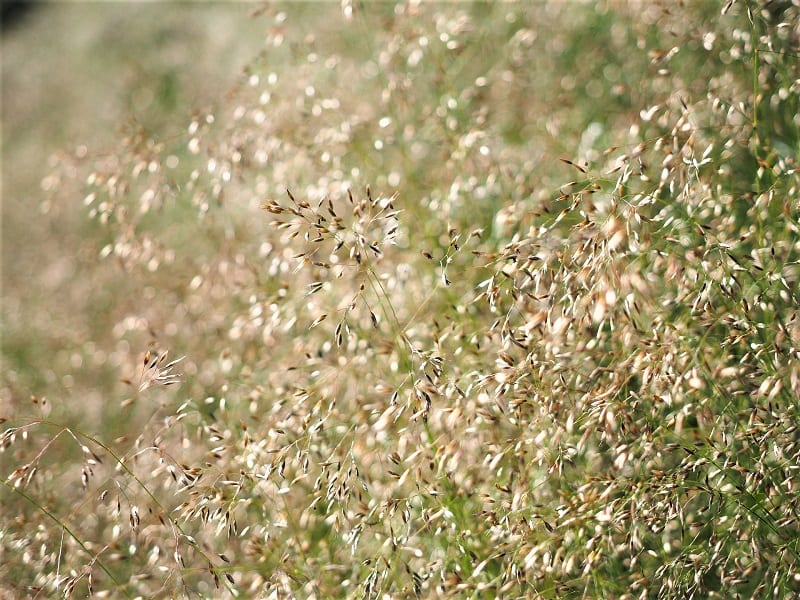
Africa
Kikuyu grass, which is also found in Australia, is originally from the highland regions of East Africa. This grass is named after the Kikuyu tribe of that area.
Kikuyu is still the most popular lawn variety in many African countries. You might recognize another indigenous grass, LM grass, by its other names. This variety is also called Durban Grass and Sweet Smother Grass.
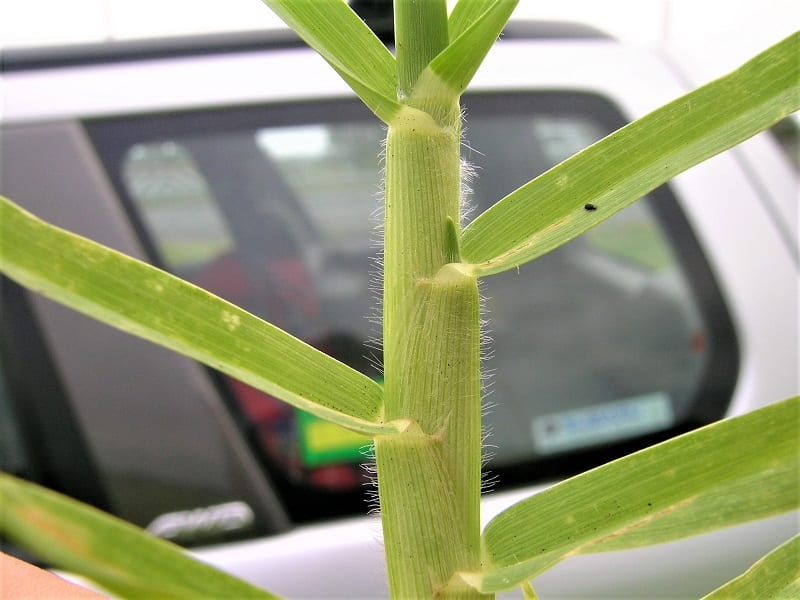
LM Grass has a creeping growth habit like kikuyu, but it grows much less invasively. People in many African countries also grow warm season lawn grasses like buffalo and couch.
How Climate Shapes Your Lawn Grass Choices
When it comes to picking the right lawn grass, the local weather isn’t just a minor detail—it’s a major player. The success of your lawn depends heavily on matching grass types to your climate’s unique conditions.
Let’s dig into how different climates impact the selection and maintenance of lawn grasses.
Cool Comfort: Grasses for Temperate Zones
In areas where the weather swings between mild winters and cool summers, grasses like Kentucky Bluegrass, Fescue, and Ryegrass are top choices. These cool-season varieties come to life in spring and fall, boasting lush, green growth. They’re perfect for spots with plenty of sun and good drainage, keeping yards looking fresh through much of the year.
Heat Lovers: Thriving in Tropical Climes
If you’re gardening in a place where the thermostat seems stuck on high, you’ll want a robust grass like Bermuda or St. Augustine. These lawn grasses love the heat and aren’t bothered by humidity. They keep their cool even when the sun is relentless, making them staples in tropical and subtropical lawns. For these grass types, soaking up the sun and staying hydrated are musts.
Dry Spells: Grasses That Endure the Drought
Arid climates pose a unique challenge, requiring grasses that make the most of every drop of water. Varieties like Buffalo Grass and Bermuda are particularly adept at this. They can hunker down and survive dry periods, thanks to deep roots that tap into underground moisture. These grasses are champs at bouncing back when water is scarce, making them ideal for drought-prone areas.
Winter Warriors: Grasses for Cold Climates
Facing freezing temperatures? Grasses like Fine Fescue and Kentucky Bluegrass can take the chill. These varieties are built to withstand cold snaps and even a blanket of snow. During winter, they slow down and need less mowing, but they’re ready to rebound when temperatures rise, resilient against the harsh elements.
Choosing the right lawn grasses for your climate isn’t just about aesthetics; it’s about adaptability and sustainability. By selecting a grass that meshes well with your local environment, you ensure a healthier, greener lawn that’s both beautiful and tough.
Exploring Alternative Lawns and Sustainable Practices
As environmental concerns increase, more homeowners are seeking sustainable alternatives to traditional lawn grasses. These alternatives not only reduce the ecological footprint of maintaining a lawn but also offer unique aesthetic and practical benefits.
Here’s a look at some innovative and eco-friendly options for those ready to rethink their lawn spaces.
Native Grass Mixes: Going Local
Opting for native grass mixes can be a game-changer for your lawn. These grasses are adapted to local climate conditions. They require less water, fewer pesticides, and minimal fertilizers compared to traditional lawn grasses. Native grasses such as Buffalo Grass in the United States or Microlaena in Australia provide a robust solution that supports local biodiversity while maintaining a green, lush appearance.
Microclover Blends: The Nitrogen Fixers
Incorporating microclover into traditional lawn grasses is becoming a popular sustainable practice. Microclover is a low-growing legume that fixes nitrogen from the air, naturally fertilizing the soil, which reduces the need for chemical fertilizers. This blend creates a dense, green lawn that is durable and less prone to weeds. The result is a lush, self-sustaining lawn that stays green with minimal intervention.
Artificial Turf: Zero Maintenance
While not a natural option, artificial turf is a practical alternative for areas where water scarcity is a concern. Modern synthetic grasses look surprisingly real and require no watering, mowing, or fertilizing, making them a convenient choice for busy homeowners or in regions with water restrictions. It’s an investment that pays off by slashing the ongoing costs and labor associated with traditional lawn maintenance.
Drought-Tolerant Ground Covers: Beyond Grass
For those looking to completely move away from traditional lawn grasses, drought-tolerant ground covers are an attractive alternative. Plants like sedum, thyme, or moss create a unique tapestry of textures and colors, require minimal upkeep, and need far less water than conventional grasses. These ground covers are especially useful in creating visually appealing landscapes that thrive in arid climates.
Embracing these alternative lawns and sustainable practices not only enhances the beauty and functionality of your outdoor space but also contributes positively to the environment. By choosing the right alternative for your specific needs and local conditions, you can enjoy a beautiful, low-maintenance yard that aligns with your ecological values.
Conclusion
Exploring the variety of lawn grasses available allows homeowners to choose options that best suit their local climate and maintenance preferences. Each type of grass offers unique benefits, whether it’s for aesthetic appeal, durability, or ecological sustainability. Making an informed choice can lead to a healthier, more vibrant lawn that enhances your home’s outdoor space.
Are you growing and maintaining these grasses at home? Check out our lawn mower tips next!


